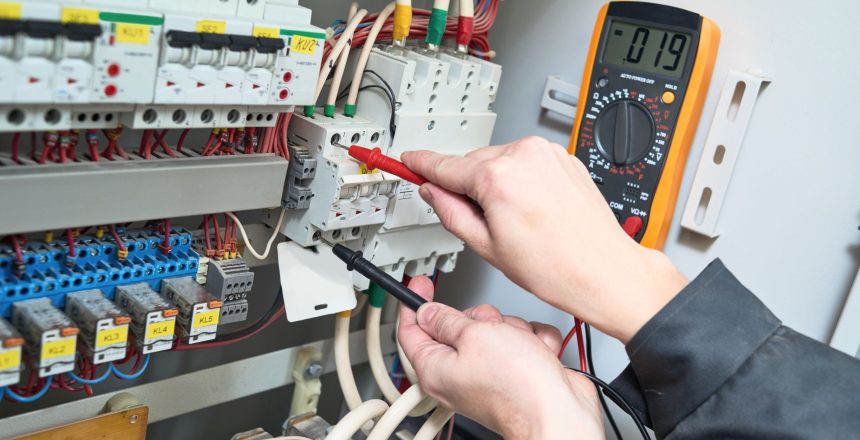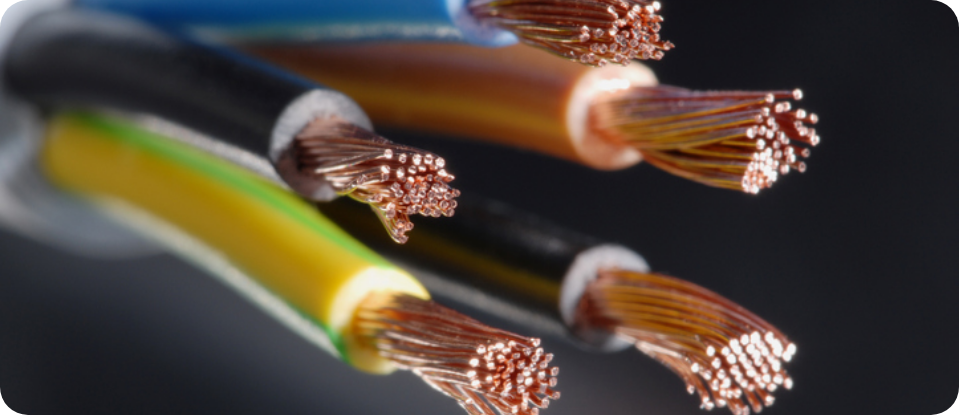ESUK Compliance Director, Andy Linley, reviews the changes to the NFPA 70E 2021 standard.
Written by the National Fire Protection Agency, NFPA 70E is the default electrical standards for the United States. Unlike the UK and Europe whose standards closely follow IEC 60364, NFPA 70E is more structured towards aligning with the OSHA, and the National Electrical Code (NEC). NFPA 70E is the de facto standard within the US, and is adopted in many countries, however in the UK and in Europe it has no legal standing, although it is often used as a persuasive document.
For many companies who are American owned, NFPA 70E is likely to be the corporate standard that needs to be met. Just a couple of words of caution:
- NFPA 70E is very prescriptive and can in some ways be restrictive on control measures to be applied.
- The terminology used in NFPA 70E does not always align with terminology used in the International Electrotechnical Committee (IEC).
Within the UK, there is no direct comparable document to NFPA 70E, which combines some of the requirements and recommendations that are found is several locations such as (this list is not exhaustive):
- The Health and Safety at Work Etc. Act 1974
- The Management of Health and Safety at Work Regulations 1999
- HSG65 Managing for Health and Safety
- HSR25 The Electricity at Work Regulations 1989, guidance on the regulations
- HSG85 Electricity at Work, safe working practices
- HSG230 Keeping electrical switchgear safe
- HSG235 Safe isolation of plant and equipment
- L22 Safe use of work equipment
- L24 Workplace health, safety and welfare
- L25 Personal Protective Equipment at Work
- Energy Network Association Model Rules
- HTM 06 series
- BS 7671 (in some respects)
- IEC 60364
- BS EN 50110 Operation of Electrical Installations
The current edition of NFPA 70E is the 2021 edition, replacing the 2015 edition. NFPA 70E is typically updated every 3 years, and the 2015 edition saw some of the most significant changes, including recognition of the need to undertake risk assessment and the recognition of the hierarchy of control for risk reduction, particularly with regards to managing arc flash risk. Prior to 2015, after completing an arc flash assessment, the default control measure was Personal Protective Equipment; however, eliminating the hazard and using collective control measures over individual control measures is the required standard, even though NFPA 70E still heavily focusses on PPE as a control measure.
When looking at Arc Flash PPE, NFPA requires labelling of switchgear to warn persons of the danger present. For required arc flash PPE either a list of PPE required needed to be stated or a protection category had to be declared. This was referred to as the Hazard Risk Category (HRC) which has now disappeared, but reference to Article 130.5(F) still recognises that selection of arc flash PPE should be by the incident energy analysis method of the arc flash PPE category method.
Footwear previously mandated as being leather in material is no longer required if it is tested and proven to meet the minimum requirements. There is also a specific requirement for insulating gloves to be tested throughout their service. High visibility clothing worn over the top of arc rated PPE must also be arc rated, however, if this does not form part of the layering method of PPE protection it need not be rated at the estimated incident level present. Finally, there is a note mandating that manufacturer’s instructions are followed.
When layering of arc rated PPE is used to achieve the required level of protection, there is a requirement for the combination of layers to have been tested; this will undoubtedly be a task for the PPE manufacturer.
The 2021 edition has in essence taken the opportunity to tidy up the changes made in 2015 and 2018, with requirements being moved from one part of the document to another, removal of repetition and standardising terminology and requirements throughout. Reference to arc-resistant switchgear has now changed to arc resistant equipment, opening the boundaries of the requirement, and removing any ambiguity.
Calculating incident energy has been reviewed to align with changes made to IEEE 1584 in 2018 when using this to determine the potential risk posed. More significant changes have been made within IEEE 1584 with regards to the process and methods of calculating arc flash incident energy, however NFPA 70E has been updated to reflect the important effects only.
The hazards associated with capacitors has also been formally recognised and is now considered in greater detail. Discharge time, and the injuries that can be sustained from a capacitor are now outlined in detail.
An electrical safe work condition now clearly means prioritising working on electrical systems placed in a de-energised state, more comfortably aligning to the UK requirements of Electricity at Work Regulations 1989 Regulations 13 and 14. Although NFPA 70E still recognises many situations where live working will be required, the culture is slowly moving towards the standards enforced in the UK and Europe of live working being the exception, rather than the norm. There is also recognition of ‘skills fade’, and the need for refresher training to take place.
As progressive versions of NFPA 70E are released, better alignment with the standards of other countries is achieved. NFPA 70E does achieve electrically safe working when adhered to; however, as a note of caution, companies operating outside of the US are compelled to comply with their own national standards, and there may be some level of contradiction between local law and the requirements of NFPA 70E. Consider the requirements for your own country; however, NFPA 70E is a good reference source for justifying your decisions for managing electrical risk.
Not sure about your current level of risk? Why not try our Free Electrical Risk Health Check?




